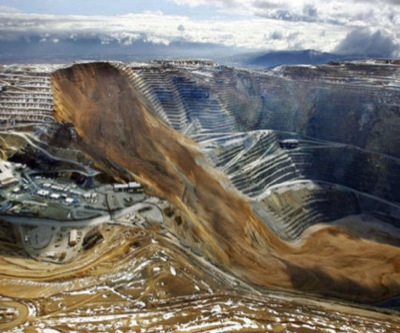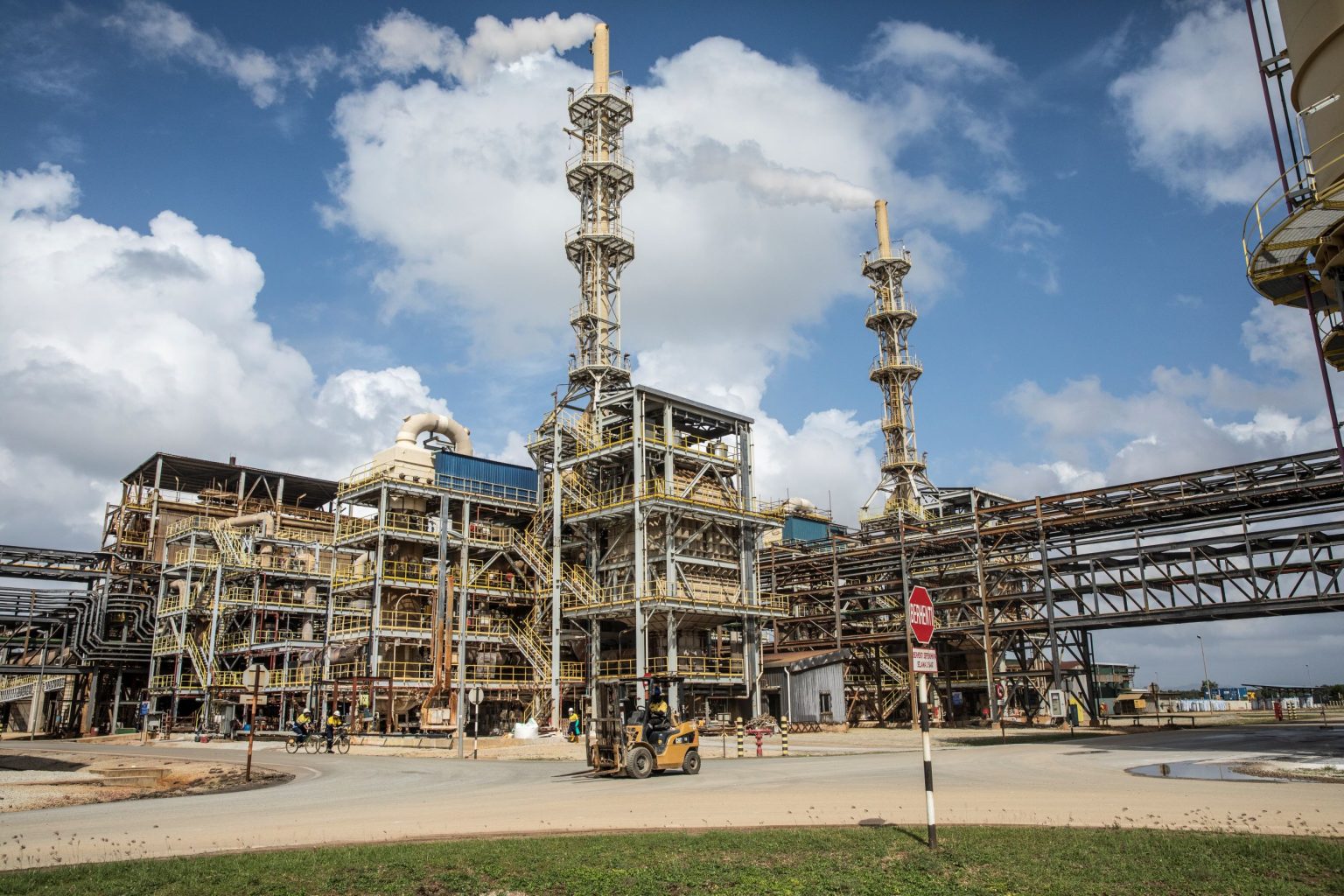Rio Tinto copper output hit hard by Utah landslide, to fall 20%

Mining giant Rio Tinto (ASX, LON, NYSE:RIO) expects output from Utah’s Bingham Canyon, its largest copper mine, to fall considerably as a consequence of the landslide that saw 150m tonnes of material fall into the pit.
Announcing its first-quarter production figures on Tuesday, the company said total mined copper production would be about 20% lower this year, falling by 125,000 tonnes to 540,000, due to the collapse of a large section of the pit wall at the Bingham Canyon mine, which supplies about 1% of copper to the global market.
However, the Anglo-Australian group said its two biggest investments —an expansion of its iron ore mines in Australia’s Pilbara region and development of the massive Oyu Tolgoi copper and gold deposit in Mongolia— remain on track.
The miner, in fact, revealed a spike in first-quarter production, which sent the shares up 1.9% to 3,028p in London and received a pre-market gain estimated in 4.6% to $46.40 this morning in New York.
Its share of copper production had grown 6% on the year to 80,500 tons in the three months through March, boosted by higher output from the Escondida mine in Chile, which is operated by BHP Billiton Ltd. (ASX, NYSE:BHP).
Rio is looking to rebuild confidence with investors after a series of writedowns on ill-timed acquisitions. With this purpose, the miner is committed to reducing costs by $2bn this year and by an additional $3bn in 2014. It has also promised investors “significant” cash flow from the sale of non-core assets this year. These include a few Australian coal operations, worth more than $4bn, which were recently put up for sale.
{{ commodity.name }}
{{ post.title }}
{{ post.date }}


Comments